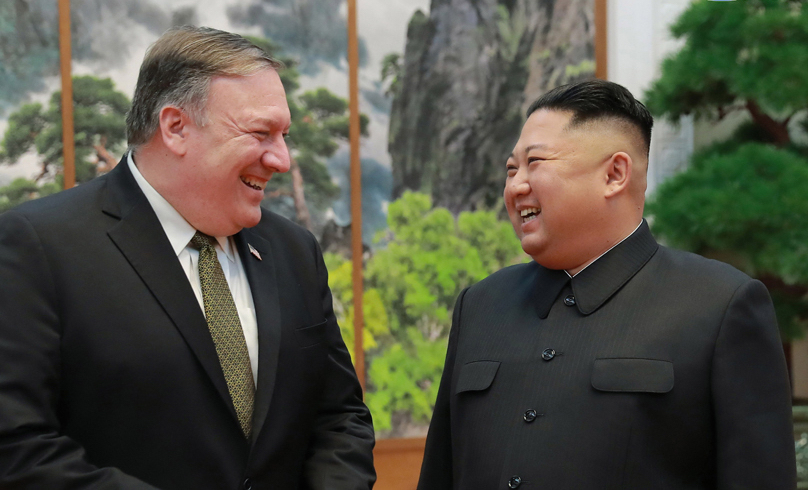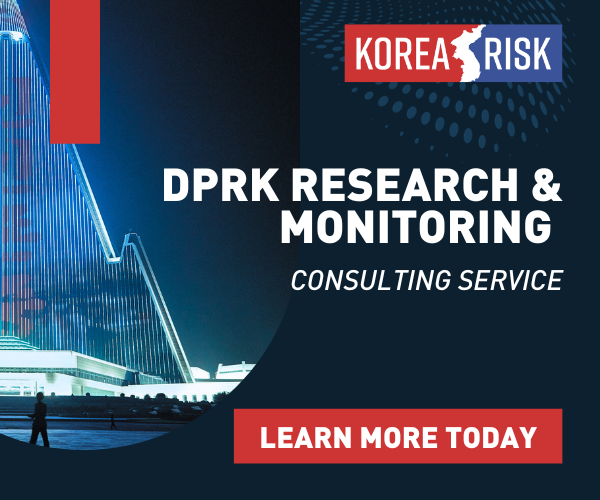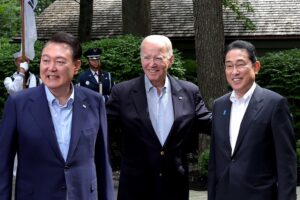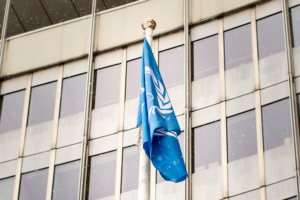This is the first part of two-part series by Stephan Haggard on prospects for the upcoming North Korea-U.S. summit.
It is increasingly evident that the United States will need to put something on the table to make the upcoming summit work. What might be on offer? Before turning to possible bids, however, it is important to understand how summitry works.
This is the first part of two-part series by Stephan Haggard on prospects for the upcoming North Korea-U.S. summit.
It is increasingly evident that the United States will need to put something on the table to make the upcoming summit work. What might be on offer? Before turning to possible bids, however, it is important to understand how summitry works.
Become a member for less than $4 per week.
Unlimited access to all of NK News: reporting, investigations, analysis
The NK News Daily Update, an email newsletter to keep you in the loop
Searchable archive of all content, photo galleries, special columns
Contact NK News reporters with tips or requests for reporting
Get unlimited access to all NK News content, including original reporting, investigations, and analyses by our team of DPRK experts.
Subscribe now
All major cards accepted. No commitments – you can cancel any time.













